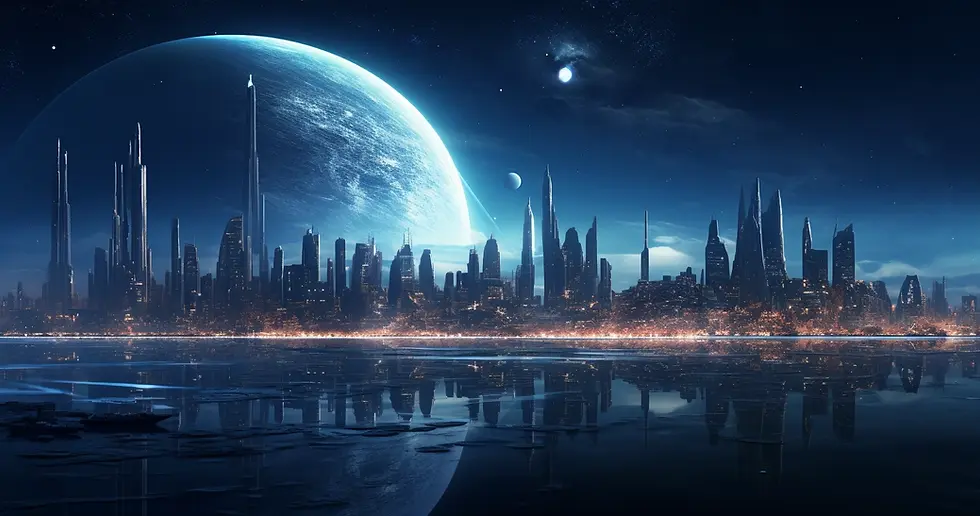Speculative Design: Imagining the Future to Innovate Today
- Steven Fisher
- Mar 6, 2024
- 2 min read
In a world where technology evolves at an unprecedented pace, the field of design has extended its reach beyond solving present problems to envisioning the future. This approach, known as speculative design, leverages creativity and foresight to speculate about future technologies, societal trends, and environmental conditions. But what exactly is speculative design, and why is it gaining traction among designers, innovators, and policymakers?
The Essence of Speculative Design
Speculative design is a practice that sits at the intersection of design, technology, and futurism. It involves creating tangible artifacts, scenarios, and narratives that imagine how life could be influenced by future developments. Unlike traditional design, which often focuses on enhancing user experience and functionality within current constraints, speculative design challenges the status quo by asking "what if?" This question opens the door to exploring possibilities without the immediate need for practical implementation or commercial viability.
Objectives and Applications
The primary objective of speculative design is not to predict the future but to stimulate thought, debate, and understanding about the potential implications of new technologies and societal changes. By presenting speculative scenarios, designers encourage audiences to reflect on their desires, fears, and ethical considerations regarding the future.
Speculative design finds applications in various fields, including urban planning, healthcare, education, and environmental policy. For instance, a speculative project might explore the implications of advanced genetic engineering on human identity or imagine the social impact of widespread artificial intelligence and automation. These projects often manifest as prototypes, films, exhibitions, and installations, serving as conversation starters rather than blueprints for future development.
Benefits and Challenges
One of the key benefits of speculative design is its ability to foster innovation by freeing thinkers from the constraints of the present. It provides a sandbox for exploring how emerging technologies might interact with human values, cultures, and ecosystems, offering insights that can inform more resilient and sustainable futures.
However, speculative design also faces challenges. It can be misinterpreted as mere science fiction or disregarded by those who prioritize immediate practicality over long-term vision. Additionally, speculative scenarios can sometimes veer into dystopian or utopian extremes, potentially skewing public discourse and expectations.
Embracing Uncertainty to Shape the Future
Despite these challenges, the value of speculative design in stimulating critical thinking and dialogue about the future cannot be overstated. It plays a crucial role in preparing society for change, helping individuals and organizations to anticipate and adapt to emerging trends and technologies.
As we navigate the uncertainties of the 21st century, speculative design offers a powerful tool for envisioning and influencing the future. It encourages us to question our assumptions, explore alternative pathways, and ultimately, make more informed decisions today that will shape the world of tomorrow.
In conclusion, speculative design bridges the gap between imagination and reality, serving as a catalyst for innovation and a mirror reflecting our collective hopes and fears about the future. By engaging with speculative design, we open ourselves to the possibility of creating a future that is not only technologically advanced but also socially and environmentally sustainable.

Comments